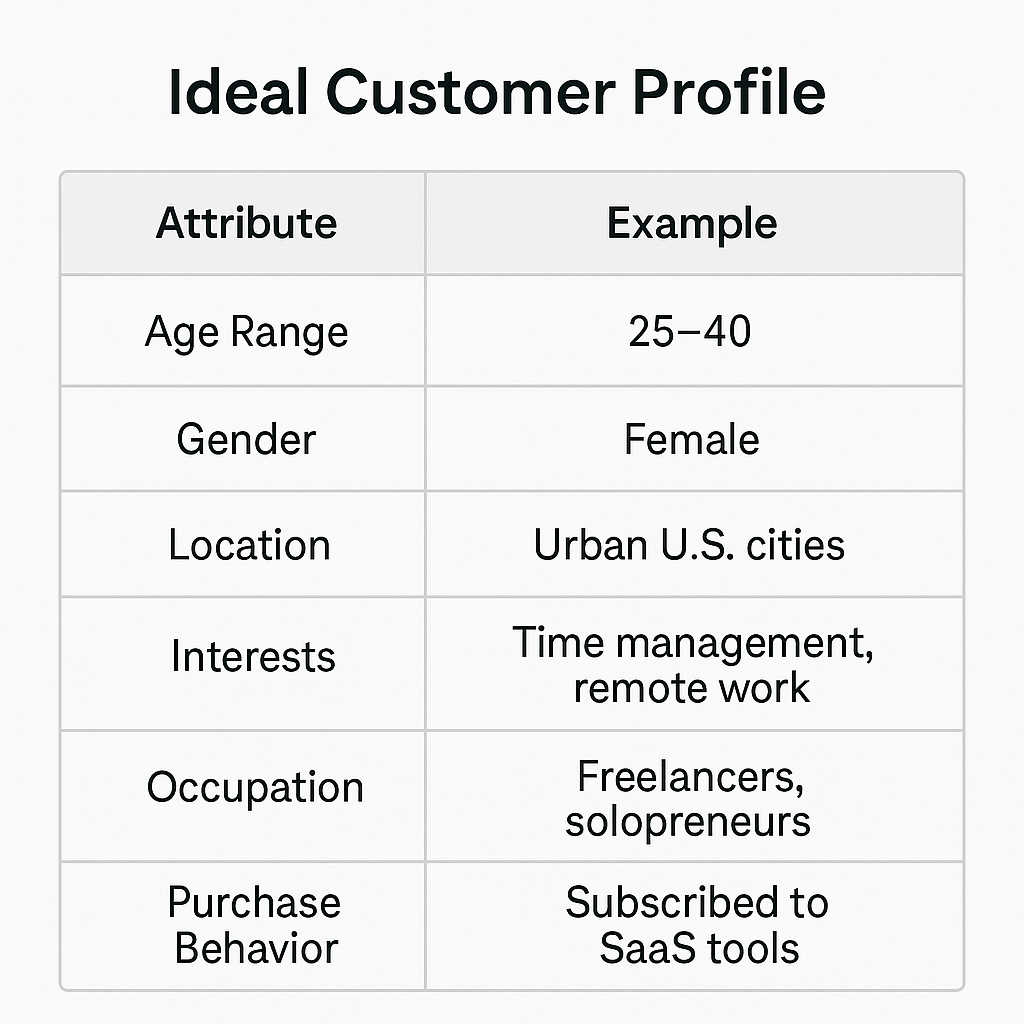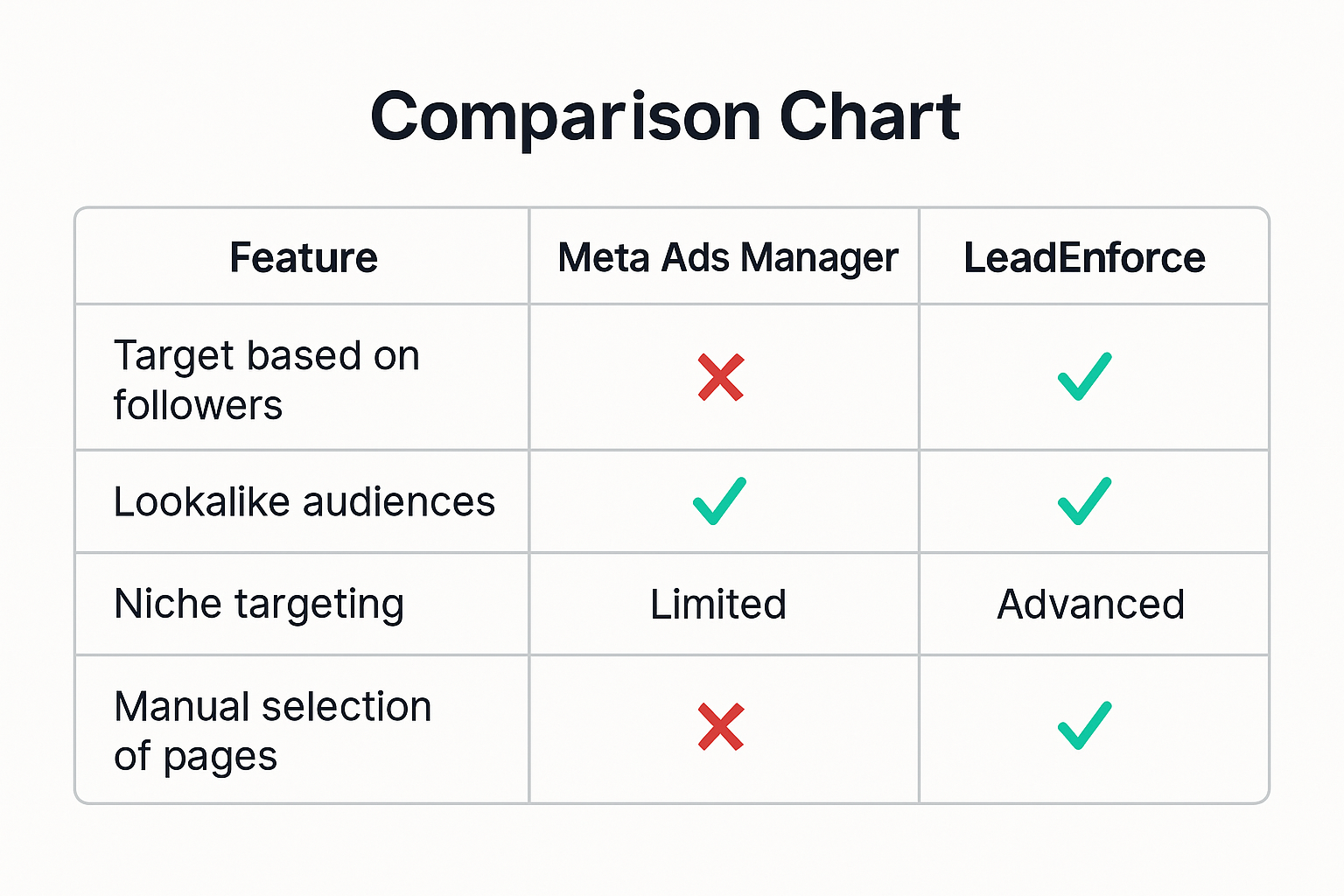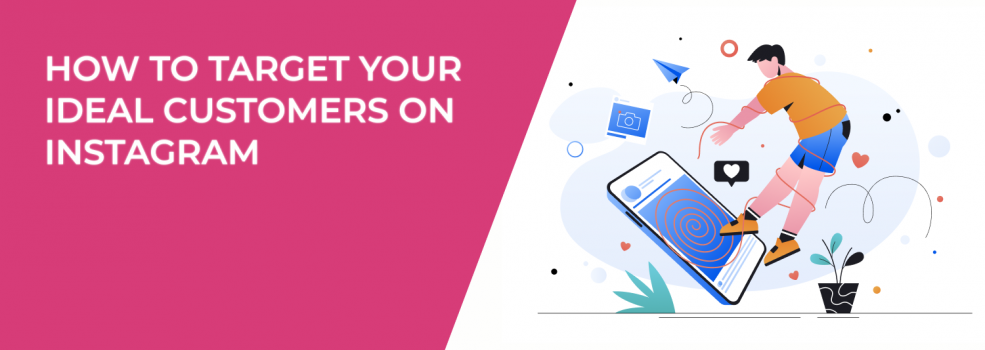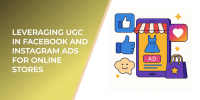Instagram has billions of users, but most of them aren’t your customers.
That’s why targeting matters. Reaching the right people — not just anyone — is what makes your ads perform well. Otherwise, you get low engagement, low return, and wasted time.
So how do you actually target the people who are most likely to buy from you? In this guide, we’ll go through the key steps to finding and reaching your ideal customers on Instagram, using both native tools and advanced methods like custom audience building.
Let’s start from the beginning.
Start by Defining Who You Really Want to Reach
Before running any Instagram ad, you need to know exactly who you're trying to talk to. And not in a vague way like “young people” or “fitness fans.”
You need a clear ideal customer profile (ICP) — a detailed picture of the person who’s most likely to buy from you.

Here’s how to build one:
1. Look at your current customers.
Who’s already buying from you? What do they have in common? Check their:
-
Age;
-
Gender;
-
Location;
-
Interests;
-
Occupation;
-
Purchase behavior.
If you have a CRM or email list, analyze the data. If not, look through recent orders or talk to your sales or support team.
2. Think about their motivations.
What problem does your product solve for them?
Why would they choose you over a competitor?
What are they trying to achieve, avoid, or improve in their life or business?
Understanding their motivation helps you write better ad copy — and choose better targeting options.
3. Observe where they spend time on Instagram.
Your ideal customer is likely following certain influencers, brands, and pages. They comment on posts, like specific types of content, and engage with certain topics.
Start by searching hashtags in your niche, then look at who’s engaging. This gives you a real view of their behavior on Instagram.
You can also check engagement levels and account types when deciding which profiles to use for audience building. As explained in How to Use Instagram Reels in Your Marketing Strategy, analyzing content format preferences can also reveal a lot about how your target audience consumes information.
Example:
If you sell productivity tools for solopreneurs, your audience might be:
-
25–40 years old;
-
Freelancers or small business owners;
-
Interested in time management, online income, or organization tools;
-
Following productivity coaches, entrepreneurship communities, or business advice pages.
Use this information to guide your targeting decisions.
Understand What Instagram’s Targeting Tools Can and Can’t Do
Instagram uses Meta Ads Manager — the same platform as Facebook — which gives you several targeting options:
-
Demographics: Age, gender, location, language;
-
Interests: Based on pages they follow, content they engage with;
-
Behaviors: Past purchases, device use, travel habits;
-
Connections: Whether they follow your page or have interacted with you.
You can also use:
-
Custom Audiences: Retarget people who’ve visited your site or engaged with your Instagram content;
-
Lookalike Audiences: Reach new people who are similar to your existing customers.
These tools are useful, but limited. You can only target users based on what Meta knows — and that’s not always very deep or specific.
If you want a broader understanding of these targeting options, Facebook Ad Targeting 101 offers a solid breakdown of how each category works and what they can be used for.
For example, if you want to target people who follow specific influencers or niche Instagram pages, you won’t be able to do that directly through Ads Manager.
That’s where advanced targeting helps.
Use LeadEnforce to Build Better Instagram Audiences
Most advertisers rely on Instagram’s built-in targeting, which is useful but not very precise. You can’t choose specific Instagram pages or communities to build your audience from. That’s where LeadEnforce gives you an advantage.
With LeadEnforce’s Instagram targeting feature, you can build custom audiences based on the real followers of Instagram accounts that are relevant to your niche.

This lets you go far beyond Meta’s interest targeting. You can reach people who follow:
-
Niche product review accounts;
-
Influencers in your industry;
-
Educational or community pages;
-
Brands that offer similar products or services.
For example, if you're marketing high-end skincare, you can build an audience from people who follow beauty experts, skincare clinics, or clean beauty brands. If you run a B2B SaaS product, you could target followers of marketing communities, founder-focused pages, or small business education profiles.
These are not just passive scrollers — they’ve chosen to follow accounts connected to your market, which makes them more likely to care about your offer.
Once built, these audiences can be exported and used in your Meta Ads campaigns like any other Custom Audience. The difference is, you get much more control over where your audience comes from — and the quality is often higher as a result.
Whether you're promoting an online course, selling physical products, or offering professional services, this kind of targeting gives you a sharper edge.
Choose Your Targeting Based on Campaign Goals
Your goal should guide how specific or broad your audience is.
If your goal is awareness:
Use broader targeting. Go for Instagram pages with large, active followings in your niche. This helps introduce your brand to new people.
If your goal is conversions:
Go narrow. Focus on smaller, more specific audiences — people who are actively engaged in your space and more likely to buy.
If your goal is retargeting:
Use Custom Audiences. Show ads to people who’ve already interacted with your brand, like visiting your site, liking your posts, or adding to cart.
If you're not sure which campaign type to use, check out Meta Ad Campaign Objectives Explained to align your targeting with the right campaign structure.
Each type of campaign has a different level of intent — and your targeting should match.
Pay Attention to Buyer Intent, Not Just Interests
Many Instagram users follow pages for fun — not because they want to buy anything. So, when choosing accounts to build audiences from, think beyond surface-level interests.
Ask:
-
Are followers engaging with product-related posts?
-
Are they commenting with questions or opinions?
-
Are they tagging friends who might also be interested?
These signs show stronger intent.
For example:
-
Someone following interior design inspiration pages might just enjoy the content;
-
But someone following furniture stores or home improvement accounts and engaging with product posts is more likely to buy.
Targeting users from high-intent pages increases your chances of reaching people who are ready to take action.
Use Engagement Clues to Evaluate an Audience
Before you build an audience from an Instagram page, take a few minutes to scroll through it.
Check:
-
What kind of posts get the most likes and comments?
-
Are followers asking real questions or just liking memes?
-
Do posts include product recommendations or just general lifestyle content?
Engaged followers who respond to product-focused content are better for targeting. Passive followers or meme-only audiences usually don't convert well.
Don’t Forget to Test and Adjust
Even a well-researched audience doesn’t guarantee results on the first try. Instagram ads need testing.
Start with 2–3 audience types:
-
One broader group for awareness;
-
One niche interest group;
-
One built with LeadEnforce based on real account followers.
Track your performance:
-
Which one gets the most clicks?
-
Which has the best cost per result?
-
Which gets comments or saves?
Pause the underperformers and scale the winners. The more you test, the better your targeting gets over time.
Final Tips for Better Instagram Targeting
-
Use customer data to build your ideal profile;
-
Focus on intent, not just interests;
-
Build audiences from real Instagram pages using LeadEnforce;
-
Match audience size and targeting depth to your campaign goal;
-
Test often and adapt based on performance.
If you're still figuring out your customer avatar, this step-by-step guide to defining a target audience can help you tighten your ICP.
If you're tired of vague targeting and want more control, try using custom Instagram audiences with LeadEnforce. It gives you the tools to reach people who are already interested in what you offer — and that changes everything.
If you're a small brand, this process is especially important. Learn how to use Instagram Ads for Small Business Growth in 2025 to expand your reach without burning through your budget.

